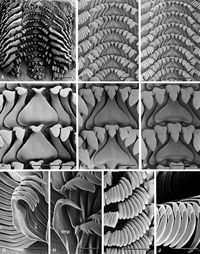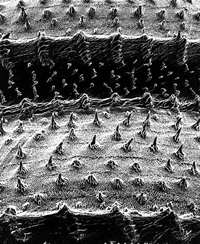| |
|||
|
| |||
|
Finding inspiration in the order of nature Hickman cannot remember when her love of nature translated into a career in science, but recalls, “I knew that I simply could not stop wanting to observe, compare, discover, and find out everything there was to know about the patterns in nature.” She notes, “Becoming a scientist won’t make you rich. It won’t make you famous. But if you feel passionately fired up about it, it will bring you a lifetime of thrills and happiness. You have to feel that spark of passion—if science doesn’t thrill you, you need to find something else that does.” |
Striving to understand the nature of the beautiful patterns she observed around her inspired Hickman’s career in science.
|
The nature of “good science” She asserts that beauty and aesthetics are an integral part of science, and that science is not always “about finding solutions to the problems of humanity.” Hickman’s example demonstrates how an appreciation for nature can drive a career in science. “The organism is a thing of beauty,” she states, “and the puzzles of science enable us to use the problem-solving capacities of the human mind to the fullest possible extent.” |
|
| Browse the Profile: Profile | Research | Techniques | On Science | |||
| Home | What’s new | About UCMP | History of life | Fossil collections | Other resources | |||

